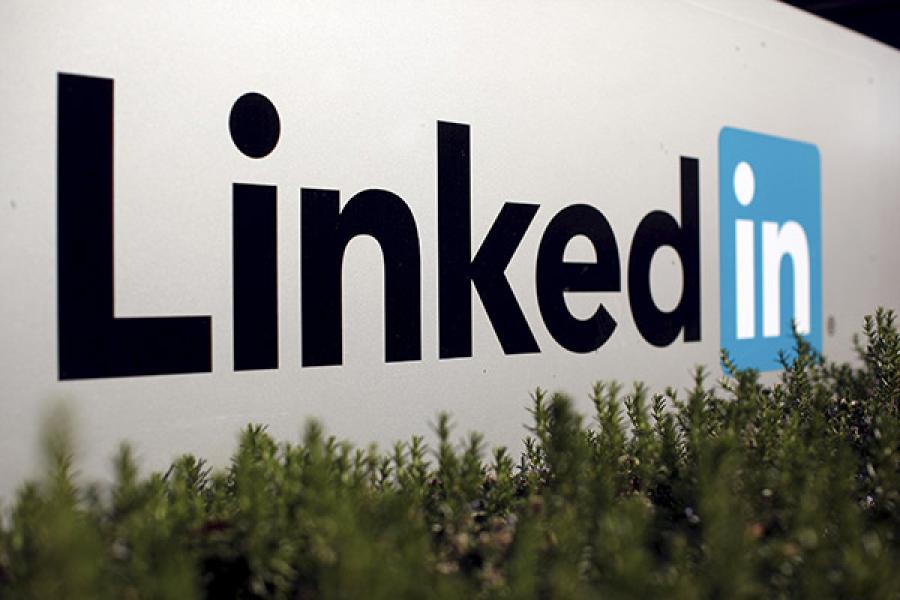
Why Satya Nadella's LinkedIn move isn't Steve Ballmer's Nokia
LinkedIn, in its purest form could be seen as a platform for collaboration among hundreds of millions of people around the planet — sans borders. Why wouldn't Microsoft want to own such a platform?
As many folks were preparing to head home in India, news flashed from America that Microsoft Corp. has agreed to buy professional networking service provider LinkedIn Corp. for $26.2 billion in cash.
The move if anything underscores, and settles once and for all, where Microsoft’s allegiance lies — with its enterprise customers, and the millions of fine, anonymous, professionals who toil at those companies. Including about 25,000 people the company fired, mostly from Nokia’s phone business, which Nadella’s predecessor Steve Ballmer acquired.
This is why, Nadella’s masterstroke — yes this reporter will stick his neck out and say so — is not the same as the costly purchase by Ballmer of Nokia that went nowhere. Some tech-savvy pundits shrewdly point out how Microsoft may have wanted to buy salesforce.com, but that LinkedIn will do just as well as a platform to reach customers.
The picture is bigger. LinkedIn, in its purest form could be seen as a platform for collaboration among hundreds of millions of people around the planet — sans borders. Why wouldn’t Microsoft want to own such a platform? And Nadella says so himself, in the statement the company posted on its website on Monday:
“The LinkedIn team has grown a fantastic business centered on connecting the world’s professionals,” he said. And now, Microsoft is set to own it, giving it the chance to combine its productivity software on the Internet with LinkedIn’s network at the genetic level — something they wouldn’t have been able to achieve as separate companies. This reporter can’t wait to learn about the kinds of products engineers on both sides are thinking up. Will Bing become much more embedded into LinkedIn searches, for starters?
“Together we can accelerate the growth of LinkedIn, as well as Microsoft Office 365 and Dynamics as we seek to empower every person and organization on the planet,” Nadella adds, in a nod to the investors as well. LinkedIn founder Reid Hoffman’s support for the deal, and CEO Jeff Weiner staying on, suggests clarity of vision for the combine’s future, the disparity in the two companies’ profit margins notwithstanding.
Weiner articulates the bigger picture: “Just as we have changed the way the world connects to opportunity, this relationship with Microsoft, and the combination of their cloud and LinkedIn’s network, now gives us a chance to also change the way the world works.”
Indeed, Google Inc. and Facebook Inc. have changed the way individuals work, and Amazon.com Inc.’s Web Services have changed the way businesses buy technology. Pick any startup even in Bengaluru today, and chances are, it will be hosting most of its crucial work on Amazon’s cloud and using Google for collaboration and Facebook for marketing.
Microsoft, just became a lot more interesting for that startup, and there’s no need to expound here on the small and medium businesses as a market. Perhaps it’s also academic to point out that Nadella is said to have opposed the Nokia deal initially and later changed his mind. With LinkedIn, however, it isn’t too much of a stretch of imagination to think what would have happened if Microsoft hadn’t bought LinkedIn. Perhaps Google would have.
















